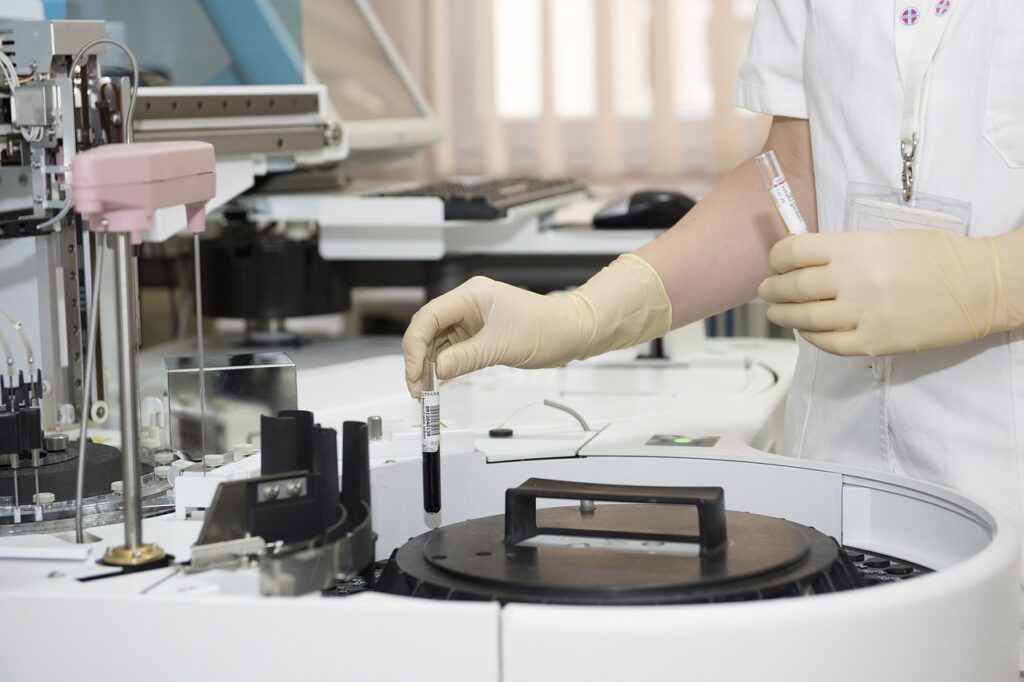It looks like a serious form of allergy, but it is a new primary immunodeficiency on a genetic basis. The discovery was made by a multi-center Consortium of international researchers coordinated by the British Columbia Children’s Hospital in Vancouver (Canada), of which the Bambino Gesù Children’s Hospital is a part for Italy.
The Consortium was born from the need to share patients with similar clinical characteristics, associated with the same genetic defect. The results were published in the scientific Journal of Experimental Medicine.
The identification of the disease and its specific genetic causes has already made it possible to successfully adopt new therapeutic strategies for the treatment. To date, about 20 cases are known worldwide.
The study
The international multi-center study that was conducted in 16 children/young adults with a common clinical picture characterized by severe allergy, recurrent infections, atopic dermatitis and asthma, allowed to identify mutations in the STAT6 gene, which plays a crucial role in the differentiation of a type of cell of the immune system, T lymphocytes, mainly involved in the allergic response. Although the main symptoms may mimic a condition of severe allergy, the alteration of the functioning of this gene leads to alterations in the regulation of the immune system (immune-dysregulation).
To achieve these results, the support of projects supporting research into Immunodeficiencies and the collaboration of the Laboratory of Medical Genetics of the Bambino Gesù Hospital and the Laboratory of Pediatric Immunology of the Tor Vergata University were fundamental.
Specifically, the professionals of Bambino Gesù, the only Italian center to have participated in the study, took care of the clinical follow-up, the immunological characterization of one of the 16 patients who made up the cohort and the functional studies, clarifying the underlying mechanism. The patient followed from the first years of life was able to receive a definitive diagnosis in adulthood. To date, only about twenty patients are known worldwide. The new disease is therefore among the ultra-rare ones.
“Sometimes, children with allergic pictures may have a genetically based Inborn Error of Immunity – explains professor Caterina Cancrini, head of the Clinical and Research Unit of Primitive Immunodeficiencies pertaining to the Complex Operating Unit of Clinical Immunology and Vaccinology of the Hospital – The earliness of the onset and/or the severity of symptoms of immune-dysregulation (severe, recurrent and resistant to conventional therapy allergic manifestations) must always suggest a condition of immunodeficiency on a genetic basis”.
The present and
future impacts
Thanks to the understanding of the mechanism underlying this hitherto unknown condition, it was possible to consider alternative treatments in patients with severe allergic manifestations, such as Dupilumab, a monoclonal antibody that block the IL-4 cytokine receptor, which is increased in these patients, already used successfully in patients with atopic dermatitis.
In conclusion, the identification of the genetic causes responsible for certain clinical pictures allows an early diagnosis which is essential for a timely management of the patient, drastically reducing the use of cortisone drugs which cause important side effects over time. Furthermore, the understanding of the mechanism underlying the phenomena of immune-dysregulation opens up the possibility of using personalized therapies for patients with severe forms of allergy.








